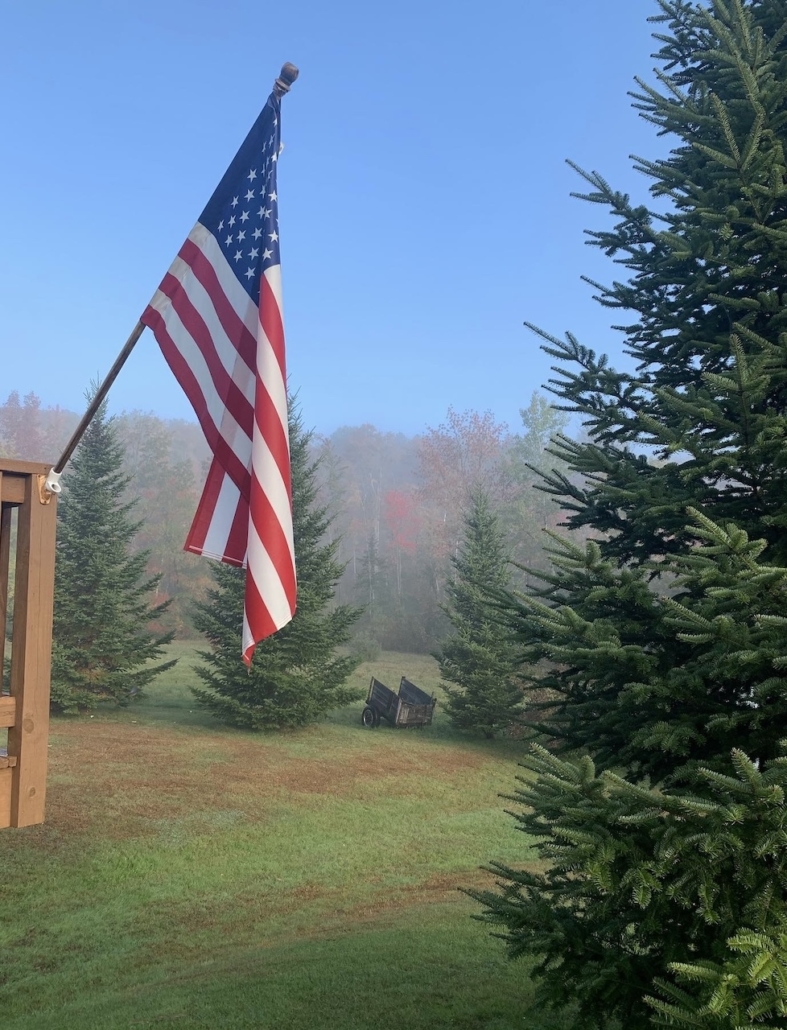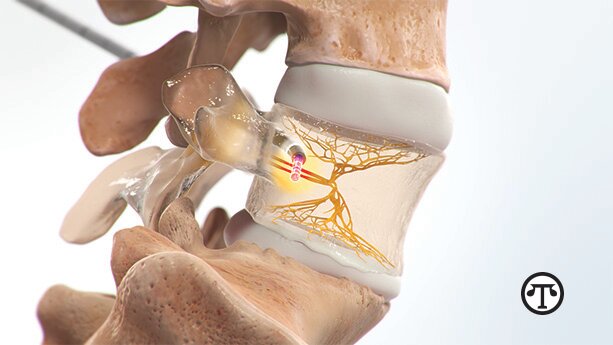SCORES & OUTDOORS: A squirrel by any other color is still a squirrel
 by Roland D. Hallee
by Roland D. Hallee
While driving to work on the Cross Hill Road, in Vassalboro, one morning last week, I saw a black squirrel. This caused me to remember an email I received a little while back from a reader who said, “I have red, black gray and a new one – dark gray with a brown belly – what is this one? How many litters can they have? I am almost overrun with them all.”
Well, first off, mother squirrels typically have two to four babies in a litter, and have one or two litters a year.
Squirrels are different colors due to genetics, which control the amount of melanin, or pigment, in their fur. Here are some reasons why squirrels have different colors:
– Gray and red squirrels: These squirrels have a mixture of light and dark bands in their fur, which create their overall color and pattern.
– White squirrels: These squirrels can be albino, leucistic, or fail to deposit pigment in their fur.
– Black squirrels: These squirrels have a genetic mutation that causes them to produce too much melanin, a dark pigment. This condition is called melanism.
– Brown-black squirrels: These squirrels have one copy of a black gene and one copy of a gray gene.
– Jet black squirrels: These squirrels have two copies of the black gene.
– Interspecies breeding: Some squirrels’ black coloring may be due to interbreeding with fox squirrels.
The MC1R gene controls how much dark pigment is added to a squirrel’s fur as it grows. A missing piece of DNA in this gene increases the production of dark pigment, resulting in darker fur.
Eastern grey squirrels come in a variety of color morphs, including grey and black. All individuals contain a gene, MC1R, that controls how much dark pigment is added as a squirrel’s hairs grow. When a tiny piece of DNA is missing from this gene, it boosts the production of dark pigment and makes the fur darker.
Albino gray squirrels are the rarest form of white squirrel. Mammalogists estimate the odds of a female gray squirrel giving birth to an albino offspring are 1 in 100,000.
Biologists estimate the black squirrel is unusually rare with only one squirrel in 10,000 wearing the dusky coat. This mutant of the gray squirrel resides primarily in northern climates.
Western grays are predominantly cool gray and white and don’t have brown on their faces, in contrast to the two introduced species who have a lot of orangey-brown all over their faces. The black squirrels that are common in some areas are simply a melanistic (hyper-pigmented) version of a regular eastern gray squirrel.
As for the dark gray with a brown belly, that one is a mystery. The closest I can come is called the Prevost squirrel, but it is only found in Thai-Malay Peninsula, Sumatra, Borneo, and northern Sulawesi.
Here are some things you should know about squirrels:
– What does it mean when a squirrel holds its tail on its back? In most cases a good first guess is the behavior relates directly to an individual’s survival or to its reproductive success. One suggestion has been the tail behavior has to do with protection from predation. If you look at a squirrel with its tail up, the silhouette appears to be the head looking backward.
– If a juvenile squirrel continuously approaches and follows people, then mom is probably gone. In this case, you should contact a licensed wildlife rehabilitator because the baby is very hungry and needs care.
– While squirrels born in the wild may not be particularly friendly, they do seem to remember their human hosts. In some cases, they even return to reconnect with their human saviors. Squirrels are also more than willing to return to a food source over and over again.
– Do not attempt to catch a squirrel. If you try to touch it or grab it, it will likely do anything it can to escape. This will likely cause the squirrel great stress and fear and may even provoke it to attack you or contort its body in a way that will cause it pain.
Squirrels are everywhere, but do we understand them? Maybe now we can.
Roland’s trivia question of the week:
Combined, how many championships have Boston pro teams won?


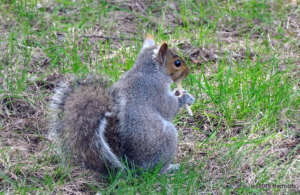
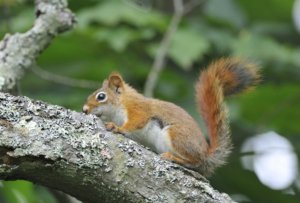
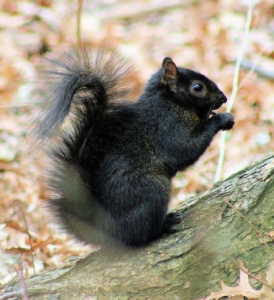
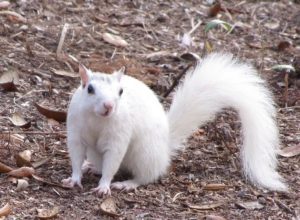
 COMMUNITY COMMENTARY
COMMUNITY COMMENTARY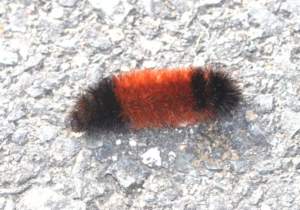
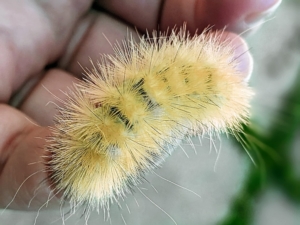
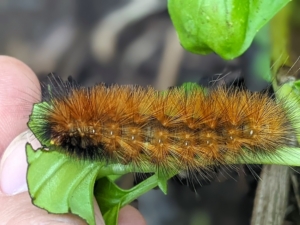
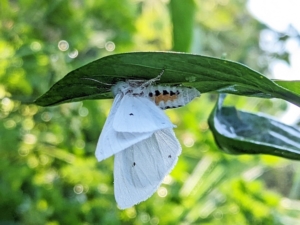





 Today is the day to protect your kids with HPV vaccination.
Today is the day to protect your kids with HPV vaccination. by Jane Margesson
by Jane Margesson

